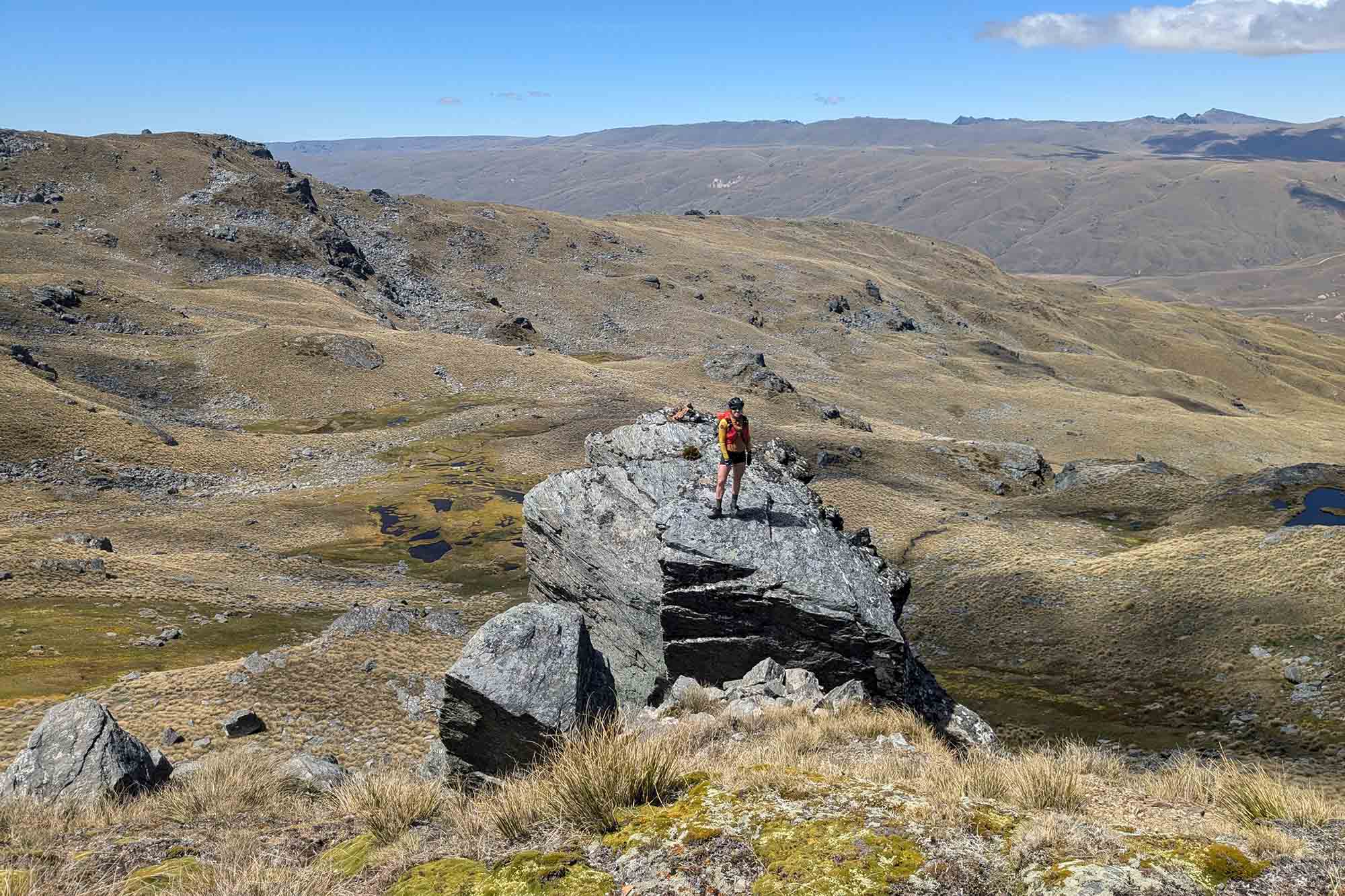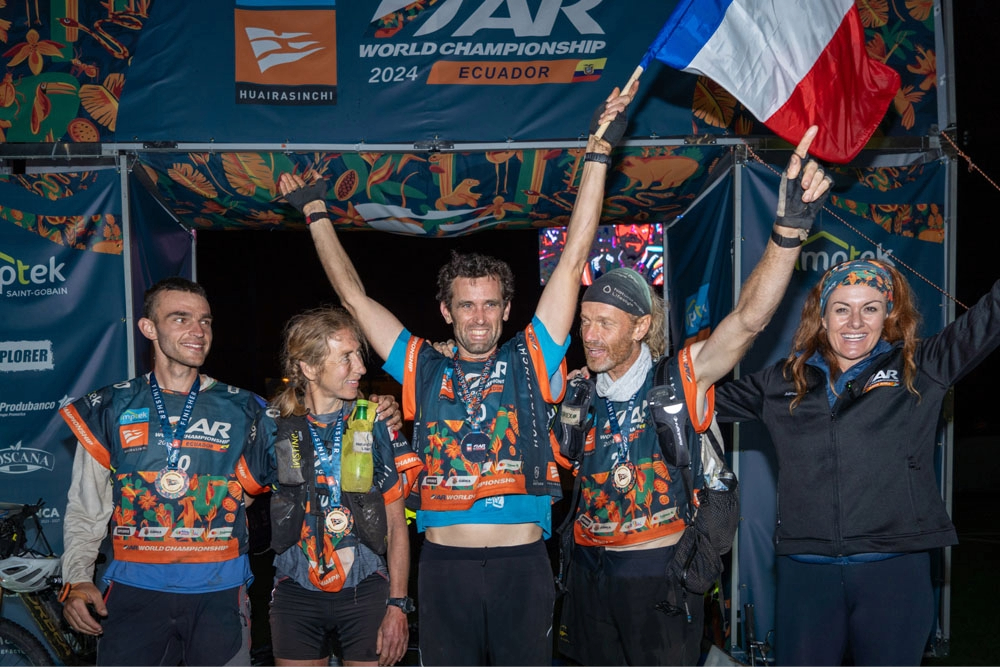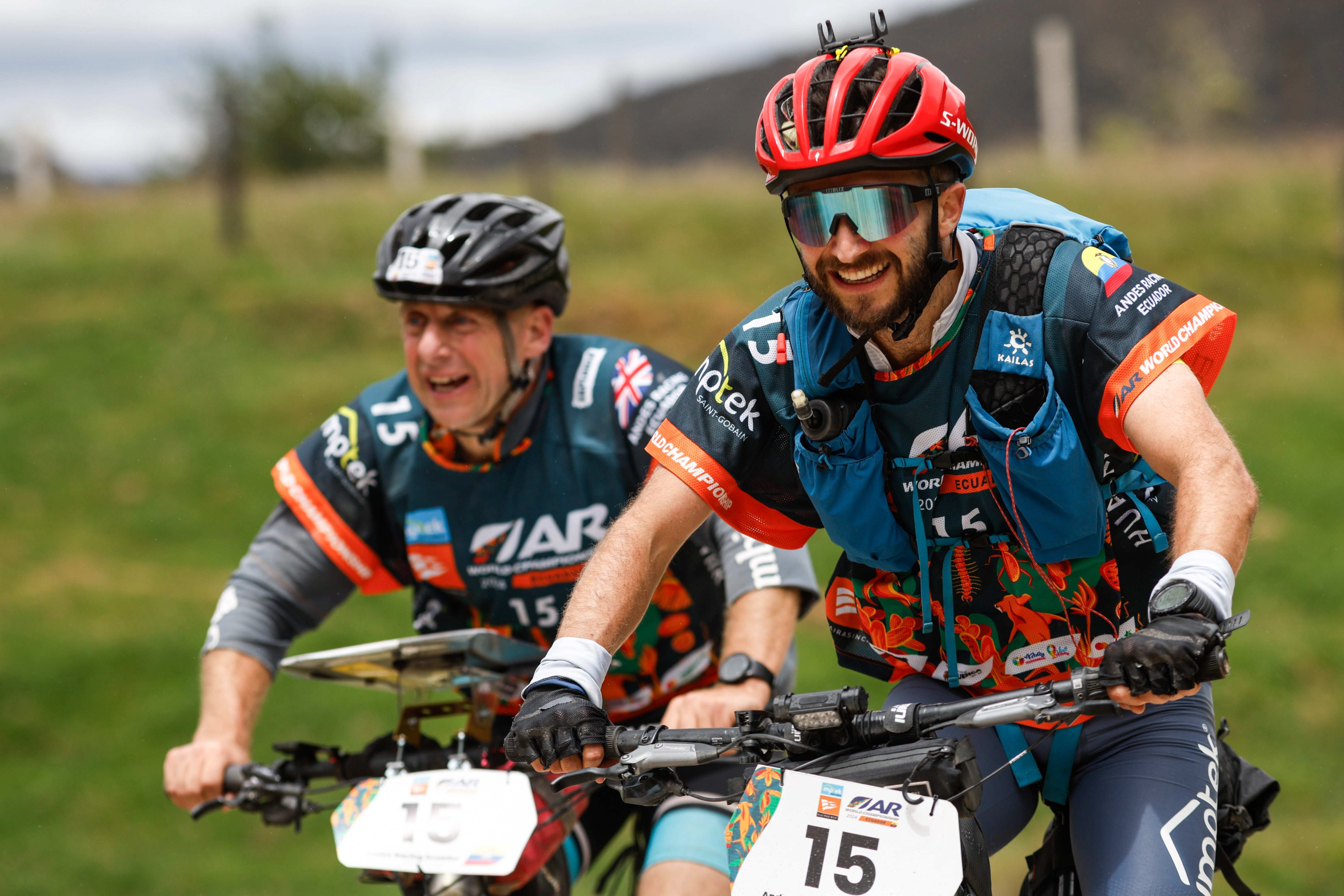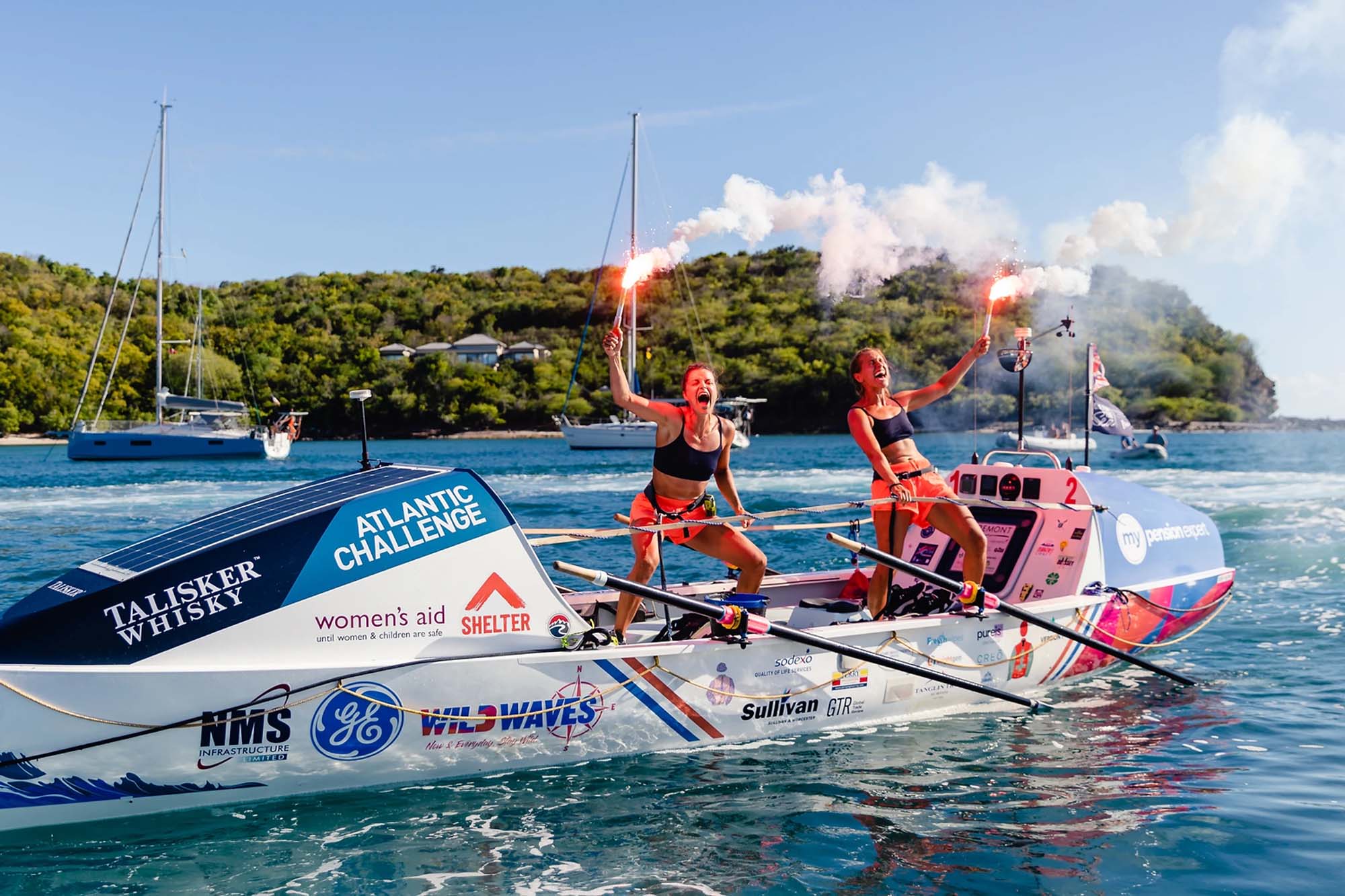Since 2002, when as a young journalist I was assigned to cover a multiday endurance race in Telluride, Colo., until February of this past year, when I was a member of Team GearJunkie.com in the weeklong Wenger Patagonian Expedition Race, the strange sport of adventure racing has rarely failed to intrigue. Here is an elaborate and mind-bending team sport where your body is thrashed for hours or even days on end. You trek in the woods and mountains, kayak wilderness lakes and whitewater, mountain bike on singletrack trails, and squint at maps to devise strategy on a literal choose-your-own-adventure course through terrain few people ever see.
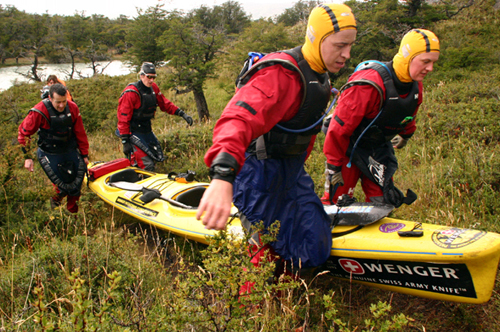
I admit it, I am in love with the sport. Adventure racing is a great fit for an aerobic/endurance-minded gear junkie like myself who doesn’t mind getting dirty and suffering a bit in the heat of a race. Since my initiation in 2002, I have participated in dozens of events, including multiday races the likes of Primal Quest and the aforementioned Wenger Patagonian Race, an event through southern Chile that finished near the tip of the South American continent.
As a writer and journalist, I have covered the sport in dozens of stories, including live blog posts from events and magazine feature articles. As a contributor to the New York Times, I covered trends in the sport in a 2007 article and penned a first-person account of a tough and hypothermic springtime race in the Monongahela National Forest of West Virginia.
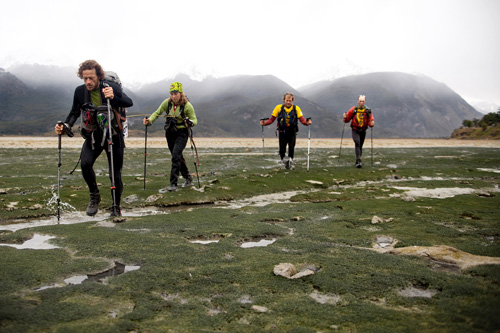
But as with most any love story, there are some sour grapes beneath the rosy veneer. This sport I have so much passion for — a sport that has the potential to be the greatest endurance game in the world! — so often disappoints. It is a (sometimes overly) complex sport, a million pieces moving at once, and as such there is the potential for lots of mistakes or at least some overlooking, both by race organizers and the racers themselves. Maybe I’m a whiner, but often after a race I find myself somewhat less than enthusiastic about one or several decisions made by a race director. “If they had only [fill in the blank] it would have been a perfect course. . .”.
But the bullet points below are not about me. I have compiled a list of brief concerns and suggestions for anyone in the adventure-racing world, especially event organizers and race directors. The sport, while healthy as a niche pursuit, rarely obtains mainstream recognition. Sure, it’s been on network TV and ESPN. Indeed, it was Mark Burnett, the Emmy-Award-winning television producer, who created the popular Eco-Challenge race and its accompanying reality-TV series in the mid-1990s. But today, despite robust races all around the country, adventure racing still lingers in outdoors purgatory.
On the recreational continuum, adventure racing is a blip. It ain’t mountain biking. It’s not even as known as an esoteric activity like trail running. Adventure racing is a sport embraced passionately by a few thousand people. It hovers somewhere in the gap between lacrosse and underwater hockey in the national consciousness on “things to do for fun.”
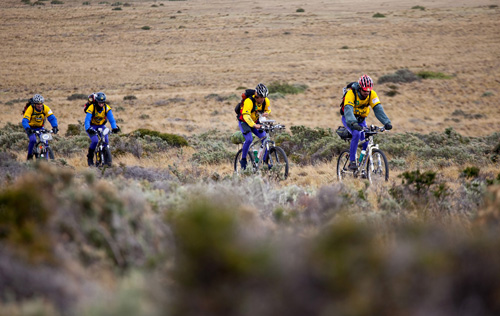
The reason for its dogging obscurity? The sport is all but inaccessible to the common outdoors person. It is hard to understand and hard to define. The needed skill set for participation is immense. And there is almost zero potential on the spectator front.
If we — we being the adventure racing “community” — want adventure racing to grow and remain healthy as a sport, we need to get more people involved. We need some new blood, some new competition. Most of all, we need some new friends. Crazy loonies who want to swim through swamps to save a mile on a trek, or sleep in a cave, four grown humans huddled together for warmth like animals in the night. You know the drill.
And so, I offer below a few ideas, some thoughts on how to make this sport a bit more accessible and enticing to our outdoors friends, including the ultra runners we know, the triathletes and the Ironman competitors, which number in the tens of thousands and comprehend what this kind of “recreation” can be about. I am signing off for now. The list is below. Take it or leave it. I gotta run. Gotta go get on my bike and back at it. It’s training time again for yet another big race later this year. —Stephen Regenold
1. Quit calling it ‘Adventure Racing.’ I’m sorry, but that is a horrible and dorky name for a sport. It is vague and weird, conjuring something gallivanting or juvenile, never anything serious or cool. My suggestion: Rename the sport, plain and simple, as just “AR.” Yes, go with the acronym we all already employ. Make that more mainstream. Use it in your race names, “The Black Canyon AR,” or “Sea-to-Summit AR.” Whatever. At least I won’t feel odd telling people I am into “adventure racing” anymore. I swear, I just get the funniest looks. . . .
2. Allow GPS. “No GPS devices” is a common rule in AR. But really, who cares? For experienced racers, a GPS would offer few advantages. The flip side is that for many newbies — or anyone considering a dabble in the sport — a GPS might inspire confidence and increase interest or participation. (Demand map and compass skills, to be sure, so people don’t get lost when their batteries die!) For me, I would maybe take a GPS unit on an expedition-length race in deep wilderness. I may or may not use it. But for common navigation in a race — including intermediate or advanced orienteering — a map and compass is always going to be faster anyway.
3. Vet the Course. Have a third-party expert evaluate and run the course for a thorough vetting. Pay the money. Get it done. Hire an experienced racer or someone from an orienteering club. Make 110% sure the maps are right and the checkpoints are where they need to be. Nuf said.
4. Simplify the Sport. I’m not saying to take out any of the adventure aspect. But make the sport — the course, the transition areas, the “mandatory gear” rules, etc. — simpler and easier to digest. I appreciate the strategy part of AR as much as anyone. But with a multitude of rules, special considerations, and often open-ended instructions about any number of details during an event, the mind game of an adventure race can change quickly from fun to unnecessary headache when a race director gets too clever.
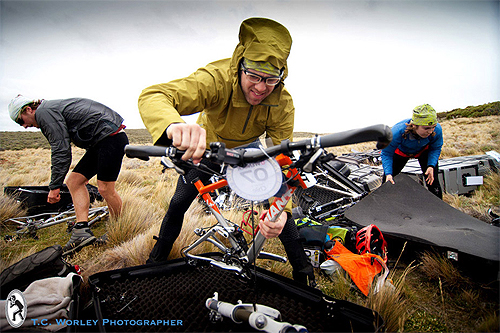
5. No UTMs. Unless it’s really necessary and the maps are not marked, please no UTM plotting! It is a chore and a silly skill to be tested on. Also, if a race director misplaces a single digit on a UTM sheet, which is not unheard of, a big wrench is introduced into the game.
6. Boat Choice. Racers get to pick their bikes. Why not their boats, too? Some races allow this. More common, the field is stuck with the same (often ill-performing) inflatable kayaks or heavy, aluminum-sided rental canoes.
7. Whitewater, Please! Rapids, chutes, and eddies are soooo much more “adventurous” than flat water. Lakes, yeah they are OK. Just sayin’.
8. Good Maps. Please, please give us good maps, including sharp printing, contour lines, a scale, grids, and accurate representation. USGS is fine in some places. Satellite photos, too, depending on the terrain. But 1:100,000 gazetteer print-outs, or Google maps extrapolated for orienteering use? Dear Lord, please no.
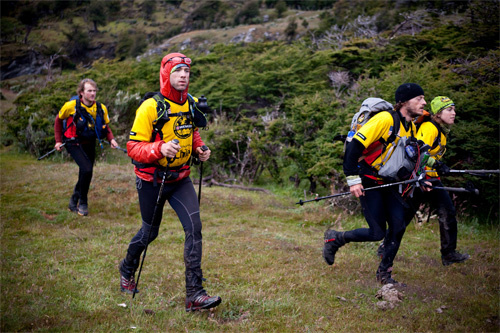
9. Clues. Don’t be clever with checkpoint clues. Don’t be mysterious or vague. Just say what it is, concisely and accurately: “North side of Lake” or “Ravine” or “River Bend.” Not “Fisherman’s Pull-Out,” “Shadow Woods,” and “Spine of the Dragon.”
10. Mandatory Gear. Make your race’s mandatory gear list simple but complete for the task. It should be no more or less than a racer needs. And don’t nitpick with the list. Does our first-aid kit really need butterfly Band-Aids? Does the gauze pad have to measure 4.5 × 6 inches? Really, does it matter?
11. Inform the Volunteers. Volunteers should know the time cut-offs during the course and other basic rules. Often racers have simple questions while out on the course. Informed volunteers can be godsends.

12. The Coed Rule. AR was founded as a coed team sport, I understand that. All the elite races — and the elite classes within most events — still require a coed mix. This most often boils to three guys and one girl. I am of the mind that, well it is cool and I have raced with some amazing women (many who have kicked my butt on the course!), the coed rule has really limited participation in the sport. I know many teams who have failed to find women to commit to a season of racing or a big event. One idea: Eliminate the divisions. Maybe a race should be a race, all divisions against each other, be it solo, two guys, three women, or some kind of co-ed team. Some flexibility would open AR up to more people pretty quick.
13. Ropes. If the rappel in a race is only for the photographic effect, it’s not worth the hassle. Silly climbs and out of the way rappels get old after you’ve done a few races. I am a climber and I love all thing ropes — if the ropes are really required. Otherwise, so often ropes sections in an AR are just a distraction from the race.
14. Lower Entry Fees. When possible, make the sport more affordable. Sticker shock keeps many people away.
15. Elevator Pitch. Craft a one- or two-sentence “elevator speech” on what AR is. “It’s a map-based wilderness endurance sport with biking, trekking and boating.” Or, “Adventure racing is like a treasure hunt where you bike, run, and paddle to find checkpoints.” Or, “Have you ever seen the show ‘Amazing Race’? — it’s kind of like that.”
16. Distinct Navigational Features. Adventure race directors: Please, please place your checkpoints on known geographic points and discernable features. Hilltops, ravines, lake shores, spurs, saddles, trail bends, etc. — all these are great. What is not good is placing checkpoints in the middle of a flat woods, on vast hillsides, in an open field, or in other places that have vague topographical prominence. Borrow from the sport of orienteering and place CPs only on features that show up on a map.
17. Don’t Hide the Flags. Hang the checkpoint flags chest-high. Make them visible once a racers is close. Don’t hide the checkpoint flag behind a stump or low in the bush. The challenge during navigation should be route choice and getting most efficiently from point A to point B over a distance in the backcountry. Navigation should not entail hunting for a flag in a thicket once you’re nearby.
18. Inflatable Boats. Have you ever paddled flat water in a squishy inflatable kayak for hours on end? Maybe you’ve snagged a branch in a swamp and popped your boat, frantically paddling through muck as it sank. I’ve done both. I’ve spent countless hours slogging in inflatable vessels, and I can say I am not a fan. Inflatables are fun in rapids and current — that’s what they’re made for. They are excruciating on long, open flat water. Please race directors, give us appropriate boats!
19. No Support Crews. Support crews are for the most part a thing of the past. Let’s keep it that way. On big, expedition-length races, it’s difficult enough to field a solid roster of racers. When each team is also required to bring a support crew to shuttle gear and food, the likelihood of participation decreases that much more.
20. Mystery Challenges. Also becoming a thing of the past, so-called mystery challenges are often lame diversions to the event. Maybe these puzzles and word games and other mental challenges are fine for sprints and beginner races. They can be fun, to be sure. But an experienced racer will often just sigh in slight disappointment coming into a mystery challenge area. Well, I do, at least.
21. Standing in Line. The scenario: You race to a rappel or a “mystery challenge.” Once there, you get in line for your team’s turn, and then . . . the clock ticks as teams in front of you pursue the task. Other teams arrived earlier and have gone. Slower teams behind you may arrive when there is no line. The solution? Stop the clock. Give teams time credit if they are forced to stand in line.
22. Changing the Rules. Don’t change the rules during a race. Don’t move cut-off times around or eliminate CPs unless utterly necessary. These kind of moves wreck race strategy. A low point in my racing career was during Primal Quest 2006. The race directors “moved up” a time cut-off without telling anyone. My team went to sleep for a couple hours one night, and when we awoke and paddled to a transition area, the volunteers told us we’d missed the “new” cut-off time (and thus we were “short-coursed” on the entire event and made to skip two substantial legs). We’d done nothing wrong. We’d minded the passport book and made the previous race time cut-offs with much to spare. We were set to make the cut-off easily the day after we slept. But the race director decided to dabble with the rules as we dozed in the desert unaware we were missing a cut-off we could have easily met.
There you have it, one man’s opinion. Take or leave my thoughts. But now, go forth AR enthusiasts! Spread the word. Rally some new troops. Let’s make this sport grow!
—Stephen Regenold is founder and editor of GearJunkie.

